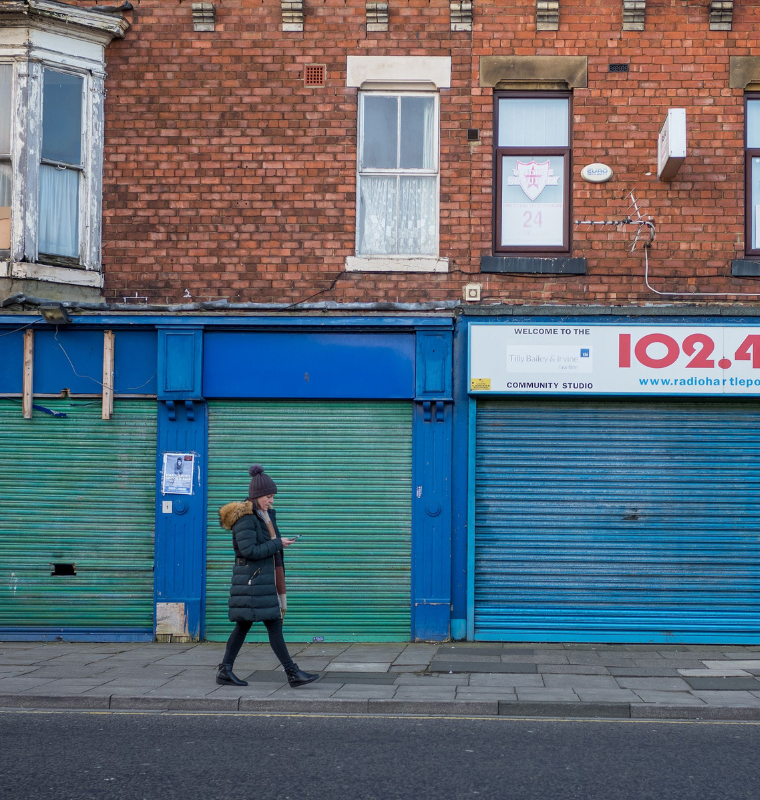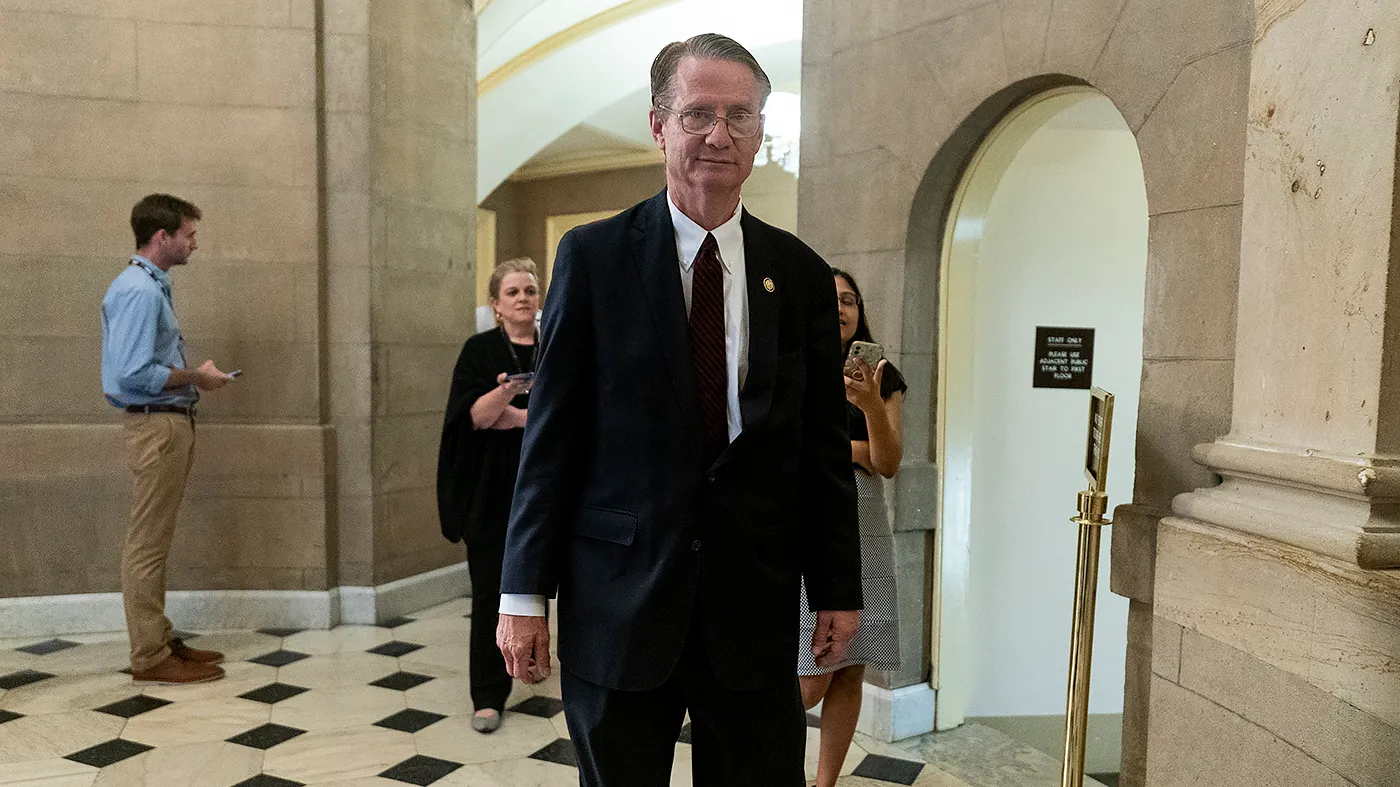U.S. Inflation Stays on Track — And That’s the Problem
By
Last updated:
July 16, 2025
First Published:
July 16, 2025

Gett6
U.S. Inflation Matches Expectations in June, but Signals Ongoing Economic Pressures
The U.S. economy showed no real signs of relief on the inflation front in June, with new data from the Bureau of Labor Statistics revealing that consumer prices rose exactly as economists had projected. But for investors and policymakers, the fact that inflation met expectations isn't exactly cause for celebration—it’s a troubling reminder that high prices remain entrenched.
Inflation Numbers: In Line, But Still High
According to the Bureau's report released Tuesday, the Consumer Price Index (CPI) increased 0.3% in June, bringing the annual inflation rate to 3.1%—matching the Dow Jones consensus estimate. The core CPI, which strips out volatile food and energy prices, rose a more modest 0.2% for the month, slightly below the expected 0.3%. Still, year-over-year core inflation climbed to 4.1%, the highest level recorded since February 2024.
This marginal dip in core inflation is being interpreted as a temporary easing rather than a shift in momentum. Prices for services like housing, auto insurance, and medical care continued to climb, even as goods prices cooled.
“The latest U.S. inflation report practically confirmed that President Trump’s tariffs acted to push up consumer prices in June,” said Matthew Ryan, head of market strategy at Ebury, a global financial services firm.
Markets React: A Mixed Bag
Despite the CPI report delivering no surprises, market sentiment took a hit. Investors, who had hoped for more definitive progress toward the Federal Reserve’s 2% inflation target, seemed disappointed by the lack of real progress.
- The Dow Jones Industrial Average slipped 0.13%,
- The S&P 500 edged down 0.09%,
- Meanwhile, the Nasdaq Composite defied the trend, climbing 0.45% to hit a new record—fueled by gains in big tech.
This divergence reveals how sectors with less exposure to inflation-sensitive goods are still performing, while broader concerns about persistent inflation weigh on most of the market.
A Reminder That “Meeting Expectations” Isn’t Always Good News
In most scenarios, hitting a target is seen as a success. But when the target is stubborn inflation, meeting it merely confirms that things haven’t improved. The markets didn’t panic—but they didn’t rally either. This stagnation is part of a larger issue: investor fatigue in a climate where inflation remains sticky, interest rates are high, and economic growth appears uneven.
For consumers, persistent inflation means continued pressure on household budgets. For the Fed, it means a longer wait before any potential interest rate cuts. And for investors, it signals more volatility ahead.
Corporate Highlights Add Some Contrast
While inflation dominated headlines, other developments showed relative economic strength:
- JPMorgan Chase and Citibank reported second-quarter earnings that beat Wall Street expectations, with JPMorgan posting a net income of $13.4 billion, up 9% year-over-year.
- President Donald Trump announced a new trade deal with Indonesia, aiming to strengthen strategic supply chains and energy cooperation.
- A recent Bank of America survey showed fund managers increasingly bullish on European equities, marking the highest level of confidence in the region since early 2021.
Final Thoughts: A Waiting Game for the Fed and the Markets
Inflation may not be rising as fast as it once was, but it's not declining fast enough either. While the Federal Reserve has kept interest rates steady in recent months, it has made clear that it wants stronger signs of disinflation before considering any rate cuts.
For now, the message is clear: the economy is still on uncertain ground. And in times like these, "no surprise" isn't necessarily good news.
Popular articles
Subscribe to unlock premium content
Kylie Jenner’s $420M Beauty Empire Unravels: Inside the Stunning Fall of a Social Media Mogul

Britain’s Economic Decline: From Global Powerhouse to Financial Strain

Trapped by Perfection: How AI Beauty Filters Are Rewiring Our Faces—and Our Minds

Kylie Jenner’s $420M Beauty Empire Unravels: Inside the Stunning Fall of a Social Media Mogul

Britain’s Economic Decline: From Global Powerhouse to Financial Strain

Kylie Jenner’s $420M Beauty Empire Unravels: Inside the Stunning Fall of a Social Media Mogul









